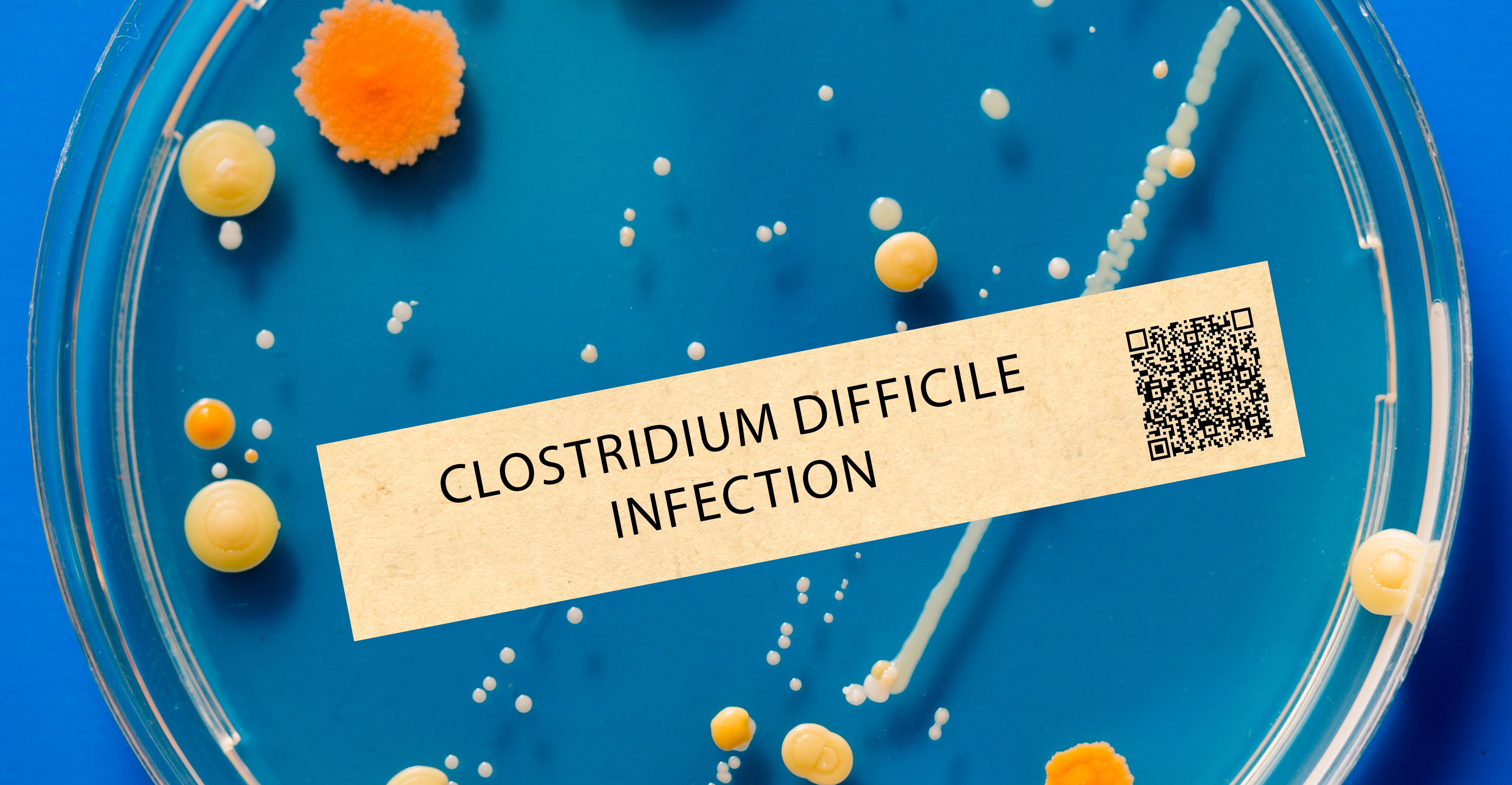Article
p-Cresol Inhibitors Point to New Therapeutics for Treatment of Clostridioides difficile
Author(s):
Investigators identified potential ways to inhibit the HpdBCA decarboxylase, which can reduce the production of p-cresol and make CDI more susceptible to bacteria in the gut microbiome.
Para-cresol production inhibitors show promise in leading to beneficial therapeutics that could help to restore colonization resistance, which could lead to a decrease in the likelihood of Clostridioides difficile infection (CDI) relapse, according to the results of a study published in Scientific Reports.1
luchschenF - stock.adobe.com

Patients who experience CDI are at higher risk of relapse, with 35% of patients contracting CDI again. Fecal microbial transplant can successfully treat refractory CDI, but the treatment is expensive and there are safety concerns regarding its use.1
Typically, the healthy gut microbiome provides resistance against CDI, but antibiotic usage can disrupt that, allowing for an infection to establish, according to the study.1
p-cresol gets produced by para-Hydroxyphenylacetic (p-HPA) by the HpdBCA enzyme complex.1
Investigators of the study identified potential ways to inhibit the HpdBCA decarboxylase, which can reduce the production of p-cresol and make CDI more susceptible to bacteria in the gut microbiome.1
They reported that 4-Hydroxyphenylacetamide, previously identified as an inhibitor of HpdBCA decarboxylase, only reduced p-cresol production by 54.9 ± 13.5% compared with 4-Hydroxyphenylacetonitrile, which reduced it by 99.0 ± 0.4%.1
Investigators also used a competition-index method to determine the inhibitors of p-cresol production, which yielded similar results.1
Investigators found that p-HPA supplementation increased the C difficile 630∆erm compared to Escherichia coli in the assays. When p-HPA was not included, investigators found that C difficile 630∆erm was comprised of 18.1± 9.1%, but when 1.5mg/ml of p-cresol was presented, it increased to 87.5 ± 7.6%.1
Investigators stated that it is important for the restoration of colonization resistance to occur in order to have effective treatment of C difficile. Further improvements on the treatment of CDI are needed, particularly therapies that work specifically against C difficile, according to the investigators.1
According to the CDC, there were approximately 101.3 cases of CDI per 100,000 individuals, with a slightly higher incidence of community-associated cases at 51.2 cases per 100,000 individuals compared with health care-associated cases at 50.1 per 100,000 individuals in 2020.2
Additionally, investigators reported that the incidence rate of CDI increased with age with a higher prevalence in women and individuals who were White. Antibiotic use in the prior 12 weeks was reported in 61% of CDI cases, according to the CDC.1
CDI recurrence occurs with a positive C difficile stool sample between 2 to 8 weeks after the last positive specimen was reported.3
The results of the surveillance were similar to the data from pre-pandemic years, despise significant delays in surveillance and investigation.2
The surveillance program is conducted through the Emerging Infections Program Healthcare-Associated Infections Community Interface of the CDC. The program’s aim is to identify insight for further public health research, including risk factors, vaccines, and prevention strategies.3
Reference
- Harrison MA, Farthing RJ, Allen N, Ahern LM, et al. Identification of novel p-cresol inhibitors that reduce Clostridioides difficile's ability to compete with species of the gut microbiome. Sci Rep. 2023;13(1):9492. doi:10.1038/s41598-023-32656-8
- Centers for Disease Control and Prevention. Emerging infections program, healthcare-associated infections – community interface surveillance report, Clostridioides difficile (CDI), 2020. Updated February 2, 2023. Accessed June 26, 2023. https://www.cdc.gov/hai/eip/Annual-CDI-Report-2020.html
- Centers for Disease Control and Prevention. Clostridioides difficile infection (CDI) tracking. Updated February 24, 2022. Accessed June 26, 2023. https://www.cdc.gov/hai/eip/cdiff-tracking.html





